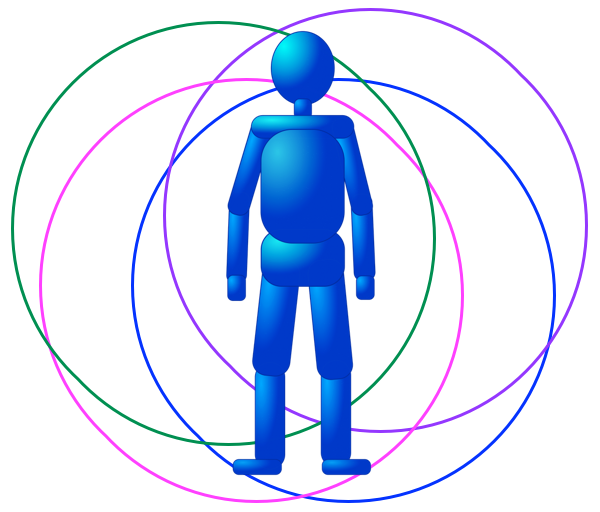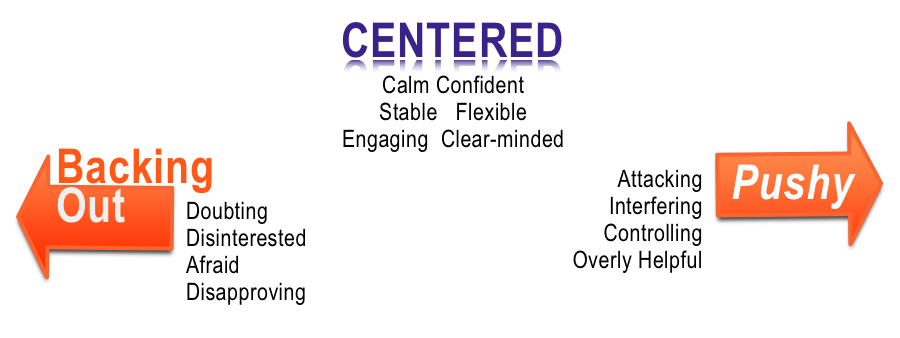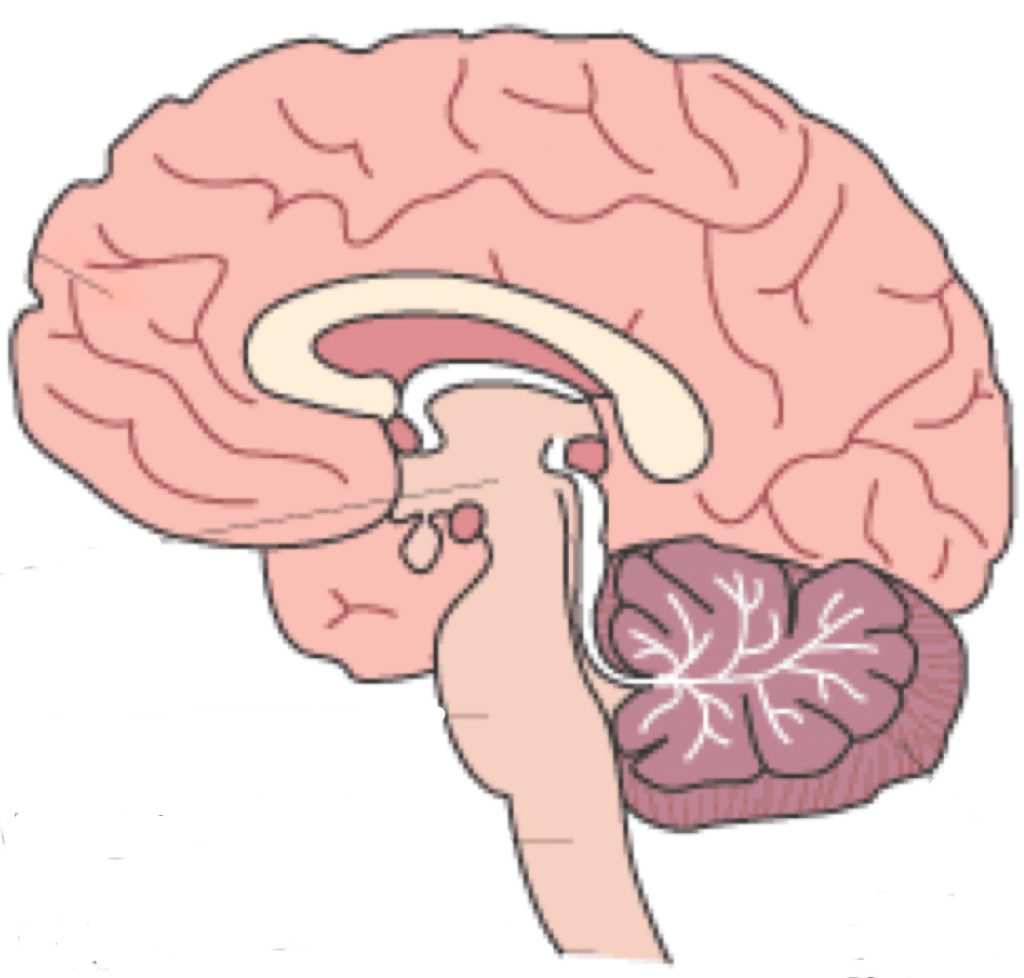Minding Your Balance

Class #6 - Winter Workshop 2019
The Balance Emotion Connection
Go to Your Happy Place!
Bring a positive image to mind as a means of stabilizing balance and calming distress.
The link between mindset, emotion, and posture (long recognized in phrases such as standing tall, sure-footed, in a slump and on shaky ground) is addressed in martial art training as well as recognized in brain research.
Take note of how steady you feel on your feet in stressful situations. Keep in mind that relaxed, aligned posture not only stabilizes balance, it can steady feelings of anxiety – which also helps calm and clear the mind.
Posture Research
Upright posture as compared to slumped posture resulted in:
Higher self-esteem; Better mood; Less fear;
Increased rate of speech; Reduced negative self-focus

Eco System
Our state of well-being at any given moment is a composite made up of multiple threads -- physical, emotional, and mental. The mind body techniques allow us to intentionally influence that "ecosystem." Through intentional awareness that changes one key component of the condition-of-our-condition we can trigger a shift of the whole.
Just as a threatening image (a snake on the hiking trail, bad news in an email) can instantaneously trigger a stress response, a positive image can trigger a grounded response.
The 3 R's
Recognize
Be aware of your response
Respect
Appreciate the needs and experiences that underlie your response
Restore
Intentionally shift awareness to trigger an internal as well as physical state of equilibrium
Communication: The Impact of Postural Alignment

General Notes
Experiences from the Week
- Sitting "centered" in dentist waiting room
- Getting up from the couch
- Awareness in moving throughout the work day for better physical and mental/emotional well-being
Balance/Emotion Connection
- Multiple links in the brain connect balance, spatial perception, and locomotion with emotion processing
- Positive mental imagery helps stabilize balance
- Cues that stabilize balance help settle emotional distress
- Be aware that balance may be less stable during stress and anxiety
Postural Alignment and Communication
- Our state of equilibrium influences how and what we communicate
- Breathing, intonation, volume, resonance, and the rhythm and flow of speech are all positively impacted by a centered, grounded stance.
- A centered state also supports mental clarity, memory, and the ability to pull together ideas and to think in adaptive and creative ways.
Mind Body Tools for Better Balance
- Sense of Space - Tune in awareness to the space around you; notice the general sense of your place in the environment that's informed by visual, auditory, and somatosensory information.
- Focus - extend awareness and intention where you want to go, both visually and with a felt or somatosensory awareness of moving forward.
- Go To Your Happy Place! Bring a positive image to mind as a means of calming distress and stabilizing balance.
- Center - place attention at your center of balance. Remember that center is a vantage point from which to act, not a place to lock attention.
- Compare to be Aware - shift your weight from side to side (and/or front to back) to find the feel of balance between the two extremes. Do the same moving just your attention from side to side or front to back. Do you feel your body move?
- Up & Down - rise up and down on toes alighting with weight through the balls of your feet and toes rather than back on your heels.
- Weight Underside - relax! Feel your weight drop with gravity
Keep In Mind
Sir Charles Scott Sherrington, considered a founding father of modern neuroscience, described the brain as "an organ of coordination" that "weaves together" the multitude of separate systems into a coherently functioning whole. His integrative perspective provides a context for understanding the many connections between movement, mind, and feeling that participants experience in the Minding Your Balance exercises.

More Resources
Balance Blog - Refresh your learning by visiting the Balance Blog
Here's the link to the TEDx talk!
Click Below to Access Previous Class Notes:
Class #1 Class #2 Class #3 Classes #4-5
Send Me Your Stories!
Let me know how you use the Minding Your Balance tools!
Email me at susanchandler@denverkiaikido.com or call or text 720 934-1098
Thank you for participating in Minding Your Balance™


